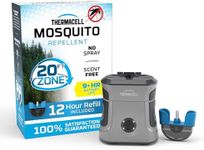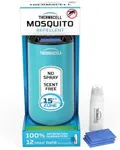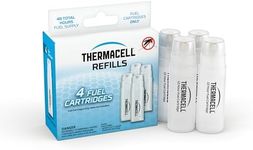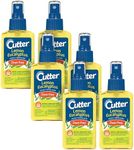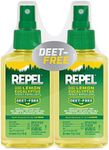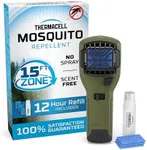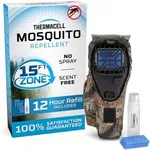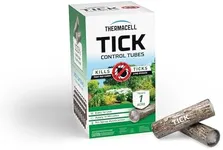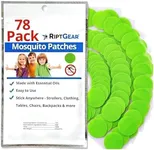Buying Guide for the Best Midge Repellents
Choosing the right midge repellent can make a significant difference in your comfort and enjoyment of outdoor activities. Midges are tiny, biting insects that can be a real nuisance, especially in certain areas and during specific times of the year. To select the best midge repellent for your needs, it's important to understand the key specifications and how they align with your personal requirements and preferences.Active IngredientThe active ingredient in a midge repellent is the chemical that repels or kills the insects. Common active ingredients include DEET, Picaridin, and natural oils like citronella or eucalyptus. DEET is highly effective and long-lasting, making it suitable for areas with heavy midge populations. Picaridin is also effective and has a more pleasant scent and feel on the skin. Natural oils are less potent but can be a good choice for those with sensitive skin or who prefer eco-friendly options. Choose an active ingredient based on the level of midge activity and your personal preferences regarding chemical exposure and scent.
ConcentrationThe concentration of the active ingredient in a repellent determines its effectiveness and duration of protection. Higher concentrations provide longer-lasting protection but may be harsher on the skin. For example, a repellent with 30% DEET can offer protection for several hours, while a lower concentration may need to be reapplied more frequently. If you are in an area with high midge activity or plan to be outdoors for extended periods, a higher concentration may be necessary. For shorter outings or less intense midge presence, a lower concentration can be sufficient and gentler on the skin.
FormulationMidge repellents come in various formulations, including sprays, lotions, wipes, and wearable devices. Sprays are easy to apply and can cover large areas quickly, making them ideal for on-the-go use. Lotions provide more controlled application and can be less messy, suitable for targeted areas like the face and neck. Wipes are convenient for travel and quick touch-ups. Wearable devices, such as bracelets or clip-ons, offer a hands-free option but may not be as effective in heavy midge areas. Consider your application preferences and the convenience of each formulation when making your choice.
Duration of ProtectionThe duration of protection indicates how long the repellent will be effective after application. This is particularly important if you plan to be outdoors for extended periods. Products with longer protection times reduce the need for frequent reapplication, which can be more convenient and ensure continuous protection. Check the label for the estimated duration and choose a product that matches the length of time you expect to be exposed to midges. For shorter activities, a repellent with a shorter duration may be sufficient.
Skin SensitivitySome people have sensitive skin that can react to certain chemicals in repellents. If you have sensitive skin, look for products labeled as hypoallergenic or designed for sensitive skin. Natural repellents with essential oils can also be a gentler option, though they may need to be reapplied more frequently. Always perform a patch test before using a new product extensively to ensure it does not cause irritation. Your skin's sensitivity should guide you towards a repellent that provides effective protection without causing discomfort.
ScentThe scent of a midge repellent can be an important factor, especially if you are sensitive to strong smells or plan to use the repellent in social settings. DEET-based repellents often have a strong chemical odor, while Picaridin has a milder scent. Natural repellents typically have pleasant, herbal scents but may not be as long-lasting. Choose a scent that you find tolerable and that won't interfere with your enjoyment of outdoor activities. If possible, test the scent before purchasing to ensure it is acceptable to you.
